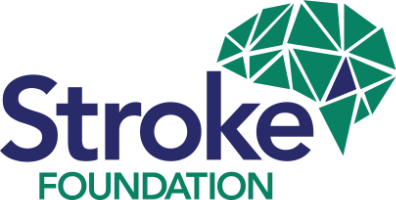Yoga after stroke
June 18, 2014
Yoga, an ancient practice originating from India more than 2500 years ago, aims to unite and balance the mind, body and soul through physical postures and breathing.
There are many reported health benefits and anyone can practice yoga as there is a style to suit everyone. Traditional yoga postures can be adapted to meet the needs of individuals and can be completed in standing or sitting.
If you’re thinking of trying yoga after a stroke, it’s important to contact the yoga teacher prior to attending a class to discuss your specific needs and to help decide if private classes or group session are more appropriate.
Some useful questions you may like to ask the teacher are:
What are your qualifications?
What experience do you have in teaching people with injuries or health concerns?
What level is the class aimed at and what do I need to bring?
Research about the general health benefits of yoga is emerging, including studies specifically on yoga and stroke. Whilst yoga isn’t covered by Medicare, there are a number of private health funds that do provide rebates.
Stroke survivor Karen says “Yoga helps to get me out of my head and into my body. The breathing and meditation practiced in yoga assist me to calm central post-stroke pain and to decompress the sensory overload in my brain. The two sides of my body feel and function differently to one another and yoga postures help me to understand and reduce this asymmetry.”
To find out more about yoga following stroke or to get help locating a suitable class or teacher please visit www.yogaaustralia.org.au or call StrokeLine on 1800 STROKE (1800 787 653).
There are many reported health benefits and anyone can practice yoga as there is a style to suit everyone. Traditional yoga postures can be adapted to meet the needs of individuals and can be completed in standing or sitting.
If you’re thinking of trying yoga after a stroke, it’s important to contact the yoga teacher prior to attending a class to discuss your specific needs and to help decide if private classes or group session are more appropriate.
Some useful questions you may like to ask the teacher are:
What are your qualifications?
What experience do you have in teaching people with injuries or health concerns?
What level is the class aimed at and what do I need to bring?
Research about the general health benefits of yoga is emerging, including studies specifically on yoga and stroke. Whilst yoga isn’t covered by Medicare, there are a number of private health funds that do provide rebates.
Stroke survivor Karen says “Yoga helps to get me out of my head and into my body. The breathing and meditation practiced in yoga assist me to calm central post-stroke pain and to decompress the sensory overload in my brain. The two sides of my body feel and function differently to one another and yoga postures help me to understand and reduce this asymmetry.”
To find out more about yoga following stroke or to get help locating a suitable class or teacher please visit www.yogaaustralia.org.au or call StrokeLine on 1800 STROKE (1800 787 653).
